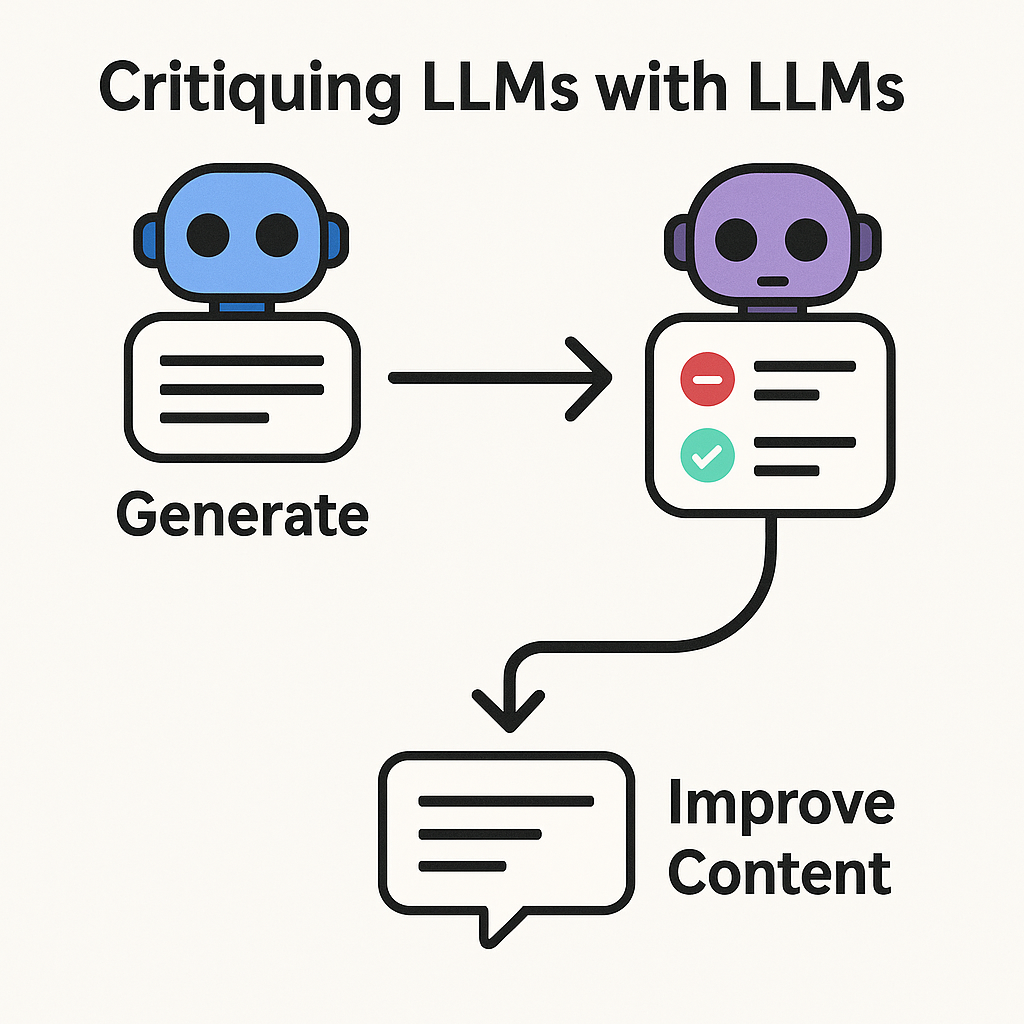Imagine it’s 2 AM and a critical on-premises server crashes – your only reference is a five-year-old network diagram. Last time, a missing dependency brought down half the datacenter for hours. You know you need a better approach. This five-step, low-downtime migration plan will help you move undocumented servers to Azure with a small team and minimal risk.
Discover, Analyze, and Size
Before you lift and shift, invest time in data-driven discovery:
- Install the Microsoft Discovery Agent on each server to:
- Track CPU, memory, disk I/O, and network utilization
- Map inbound/outbound connections into a dependency graph
- Send collected metrics to Azure Log Analytics and generate a visual network map.
- Right-size Azure VMs based on observed usage to control costs and maintain performance.
Pro Tip: Run the agent for at least two weeks to capture both peak and off-peak patterns.
By fully understanding resource requirements and dependencies, you’ll avoid nasty surprises after cutover.
(Smooth transition: Now that you know what you have, it’s time to align with the teams who rely on it.)
Align with Business Process Owners
A successful migration hinges on people as much as technology:
- Identify Business Process Owners for each server – those who depend on the service even if they don’t know its internals.
- Group interdependent servers into migration waves to preserve critical connections.
- Host a kickoff call to confirm roles, timelines, and validation checklists.
Reminder: Early engagement ensures owners can validate functionality quickly and spot edge-case issues.
(Smooth transition: With stakeholders on board, accelerate your move by pre-staging large datasets.)
Pre-Stage Data for a Quick Cutover
Bulk data transfers can blow your downtime window. Instead, follow a two-phase approach:
- Phase 1 (Pre-Stage): Transfer static or infrequently changing data to Azure Storage or managed disks ahead of time.
- Phase 2 (Delta Sync): On cutover day, synchronize only the changes since Phase 1.
Benefit: This strategy often limits downtime to under one hour.
Pre-staging handles the heavy lifting early, keeping your cutover fast and predictable.
(Smooth transition: With data ready, turn to networking to ensure seamless connectivity.)
Build and Validate Networking
A rock-solid network foundation prevents last-minute surprises:
- Create an Azure Virtual Network and subnets that mirror your on-premises segments.
- Establish a VPN tunnel using Azure VPN Gateway; test bi-directional traffic well before go-live.
- Provision any required public IPs and lower the DNS TTL to 60 seconds.
- Verify firewall rules, network security groups, and route tables for expected traffic flows.
Checklist:
- VPN connectivity tested
- DNS TTL updated
- Firewalls and NSGs validated
A dependable network setup keeps services reachable and stakeholders confident.
(Smooth transition: With the groundwork laid, it’s time for the final migration and validation.)
Execute the Migration and Validate
Bring your plan to life during an off-hours cutover:
- Confirm date and validation responsibilities with Business Process Owners.
- Run Azure Migrate’s lift-and-shift workflow.
- Immediately afterward:
- Review dependency graphs in Log Analytics
- Ping servers and test web/API endpoints
- Access file shares and databases
- Conduct a functional walk-through with Business Process Owners. Collaborate on fixes – avoid rolling back at the first sign of trouble.
Clear, immediate validation keeps downtime low and builds stakeholder trust.
Conclusion
By following these five structured steps – discovery, alignment, pre-staging, networking, and execution – you’ll conquer undocumented environments and achieve a smooth Azure migration, even with a small squad and tight timelines. Good luck!





